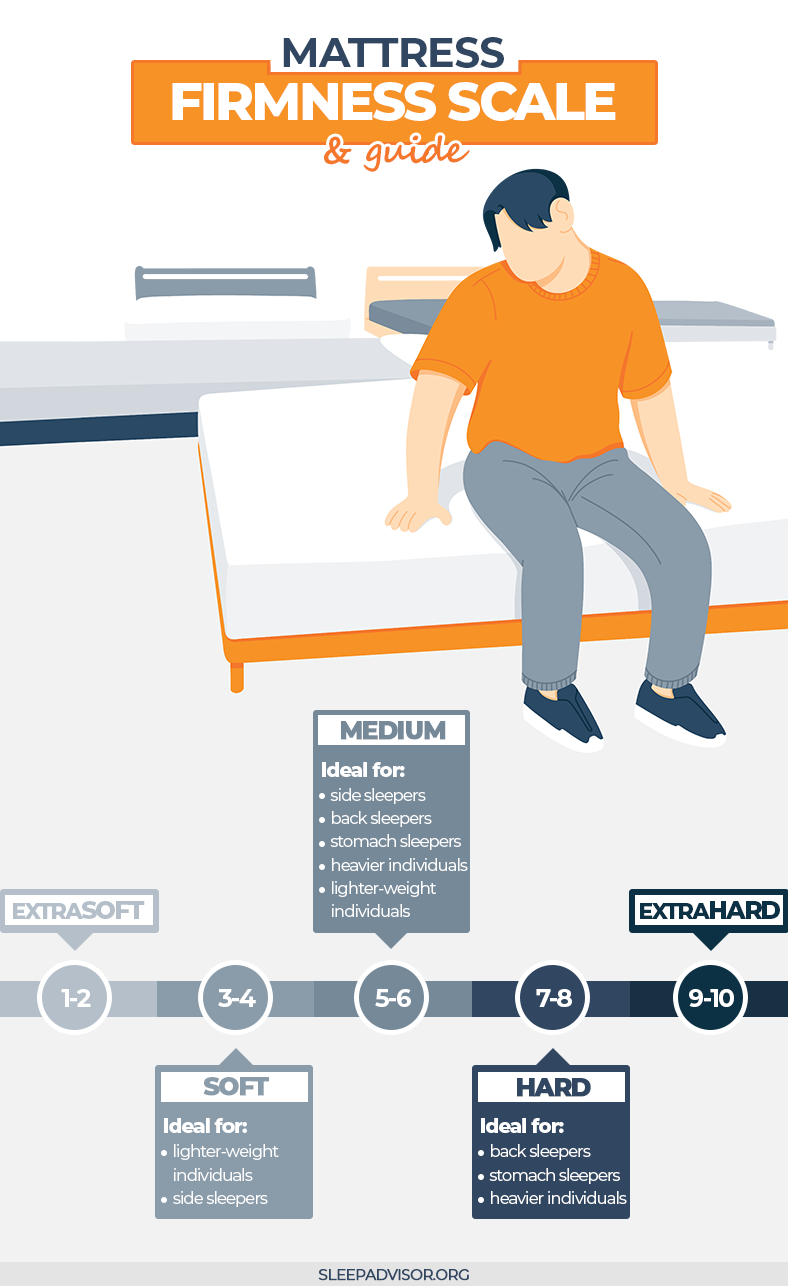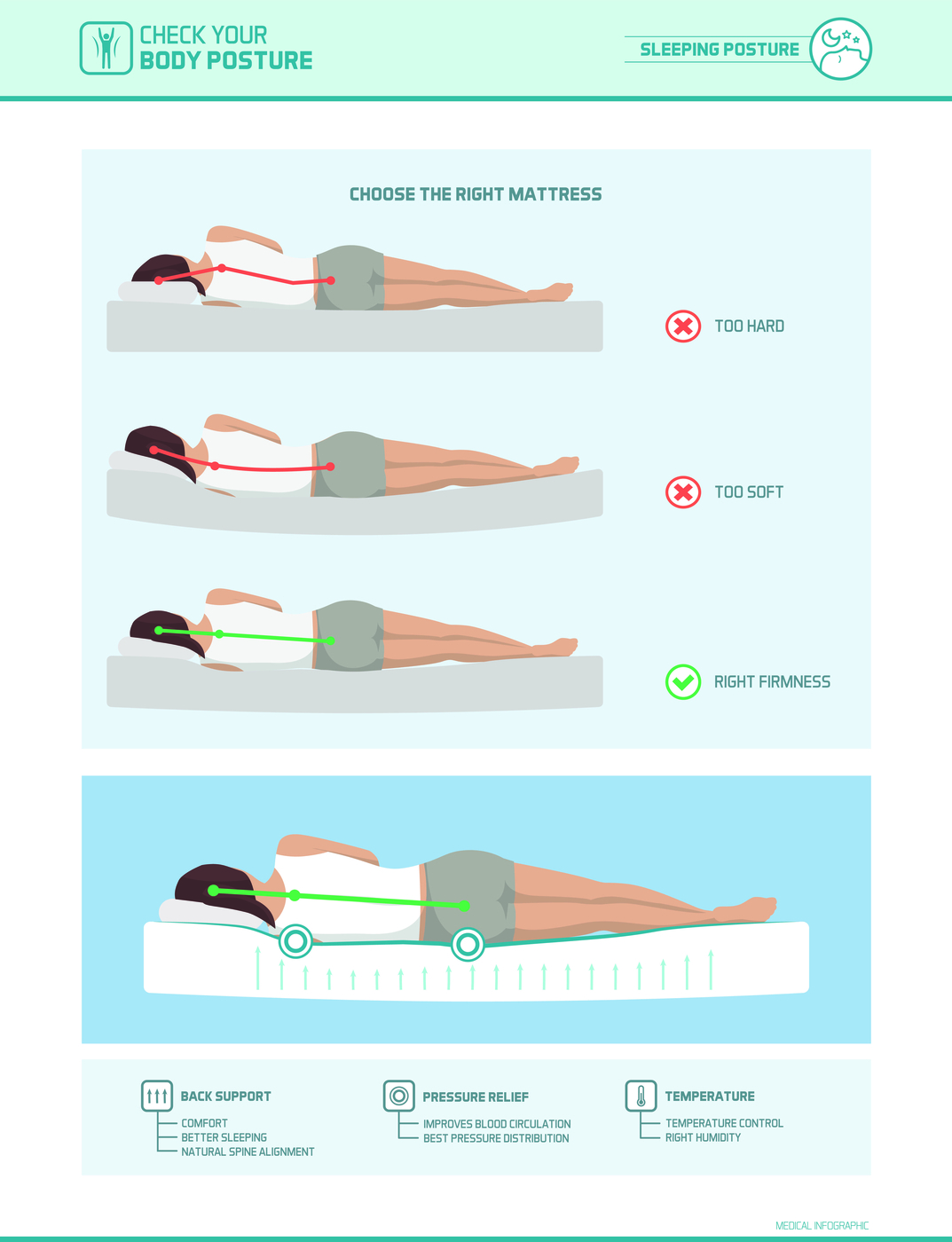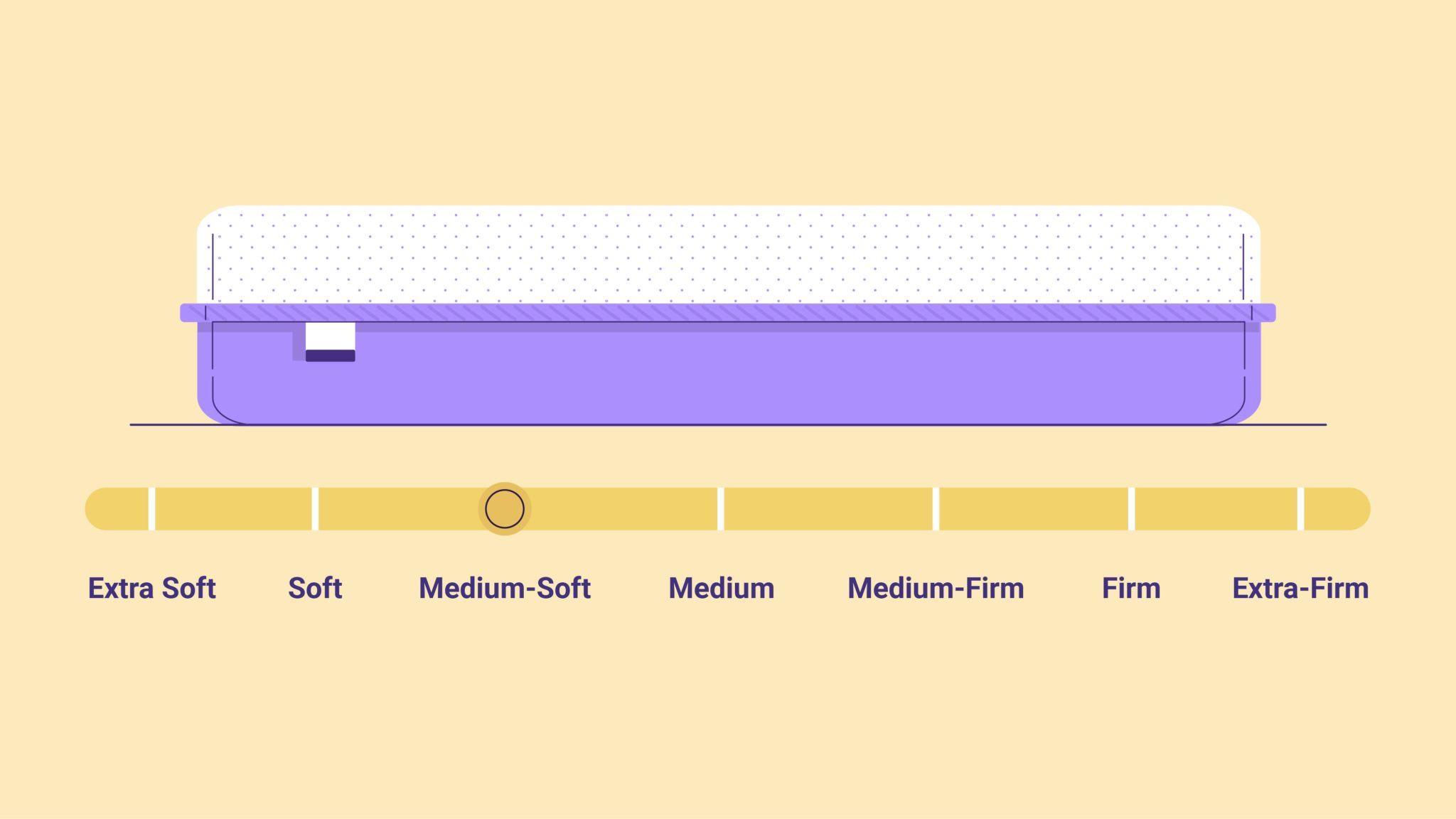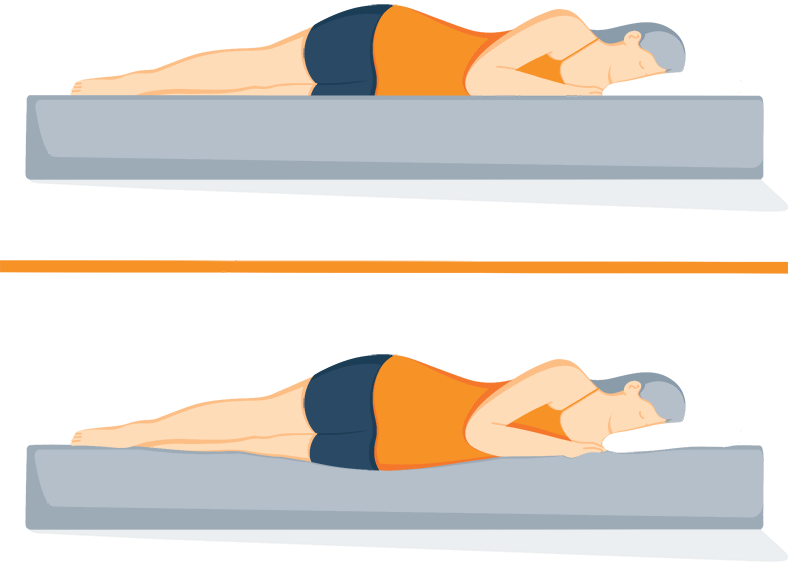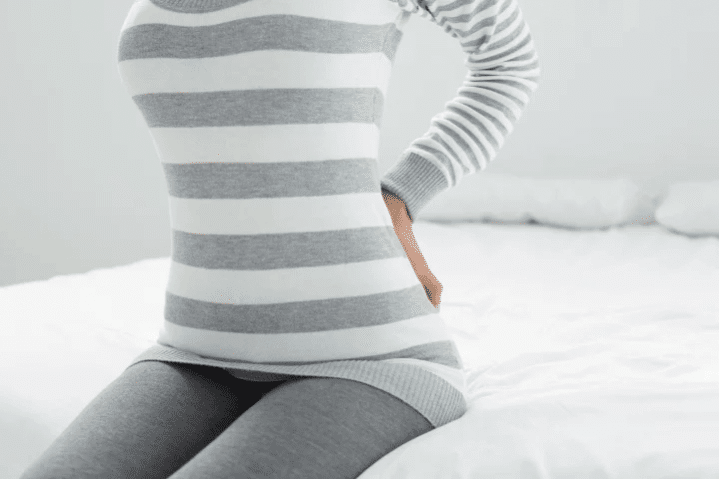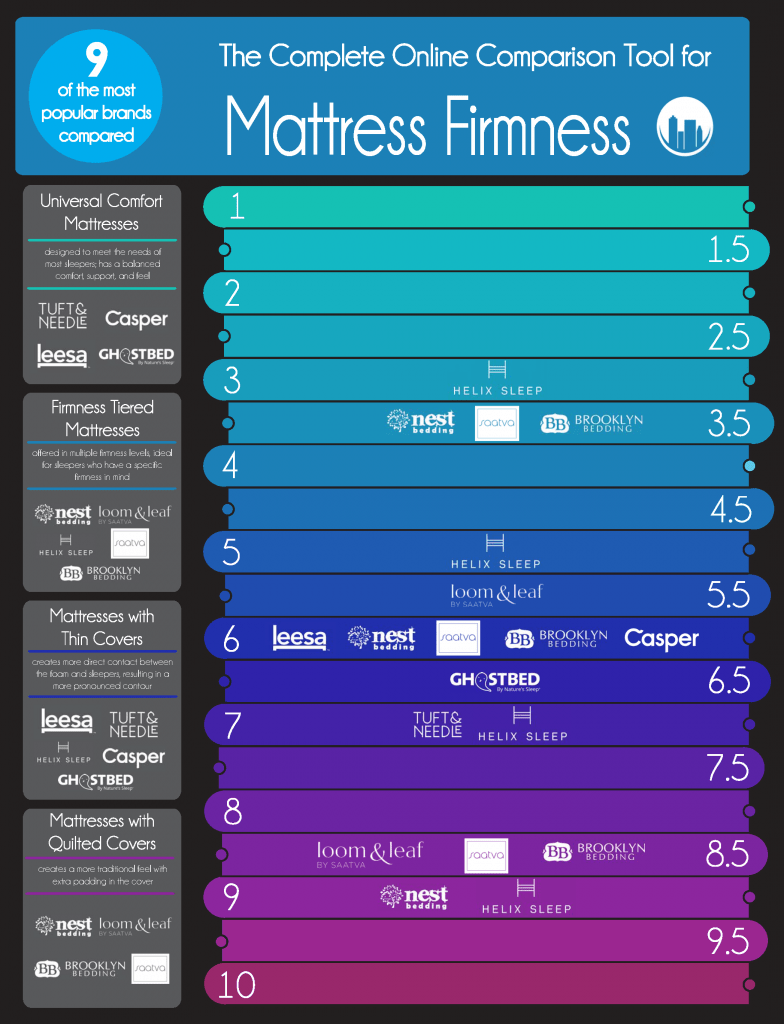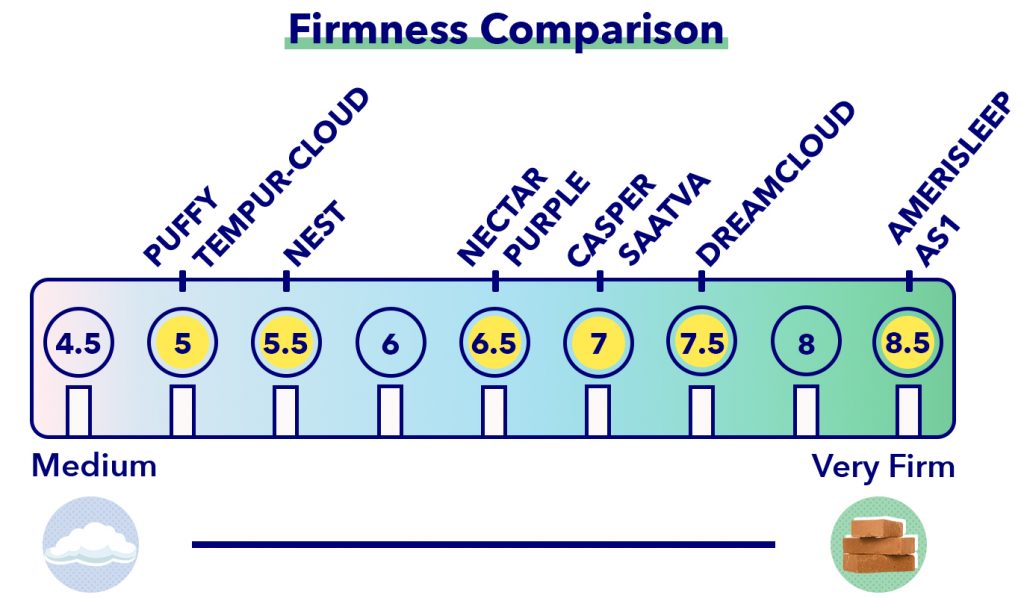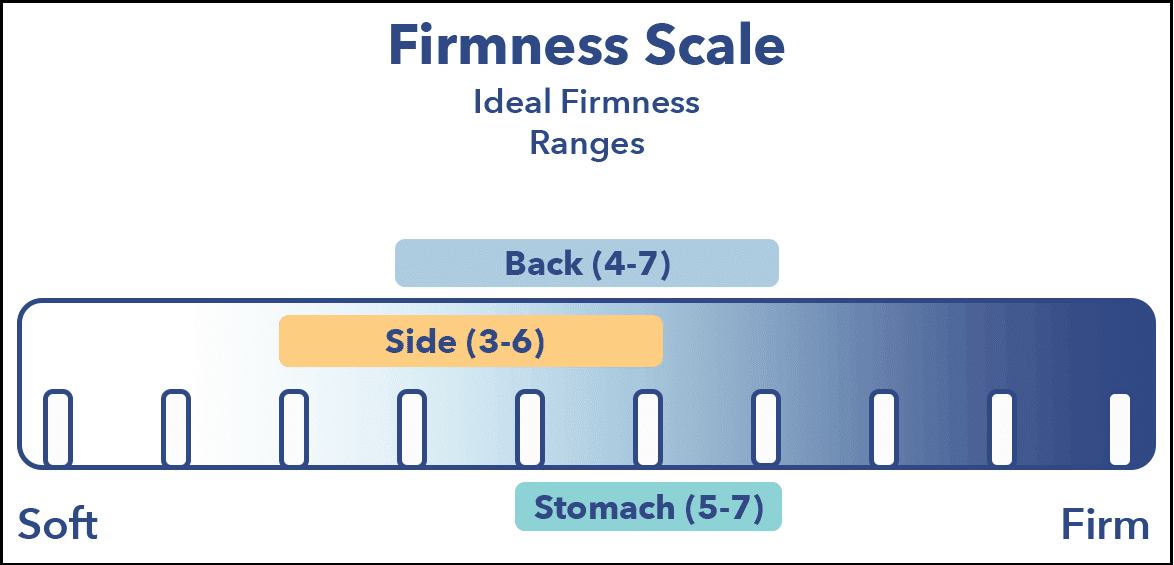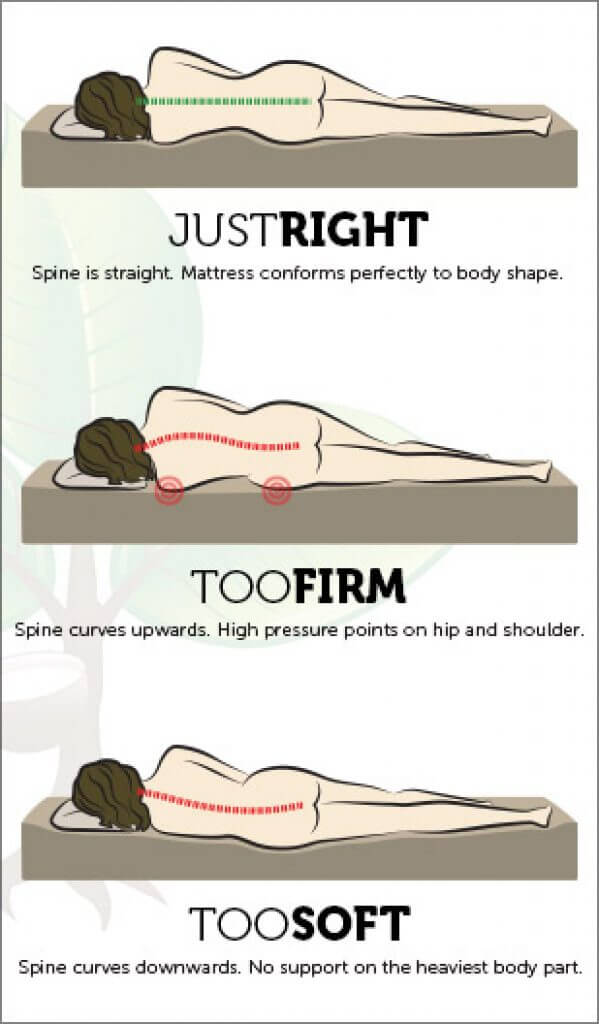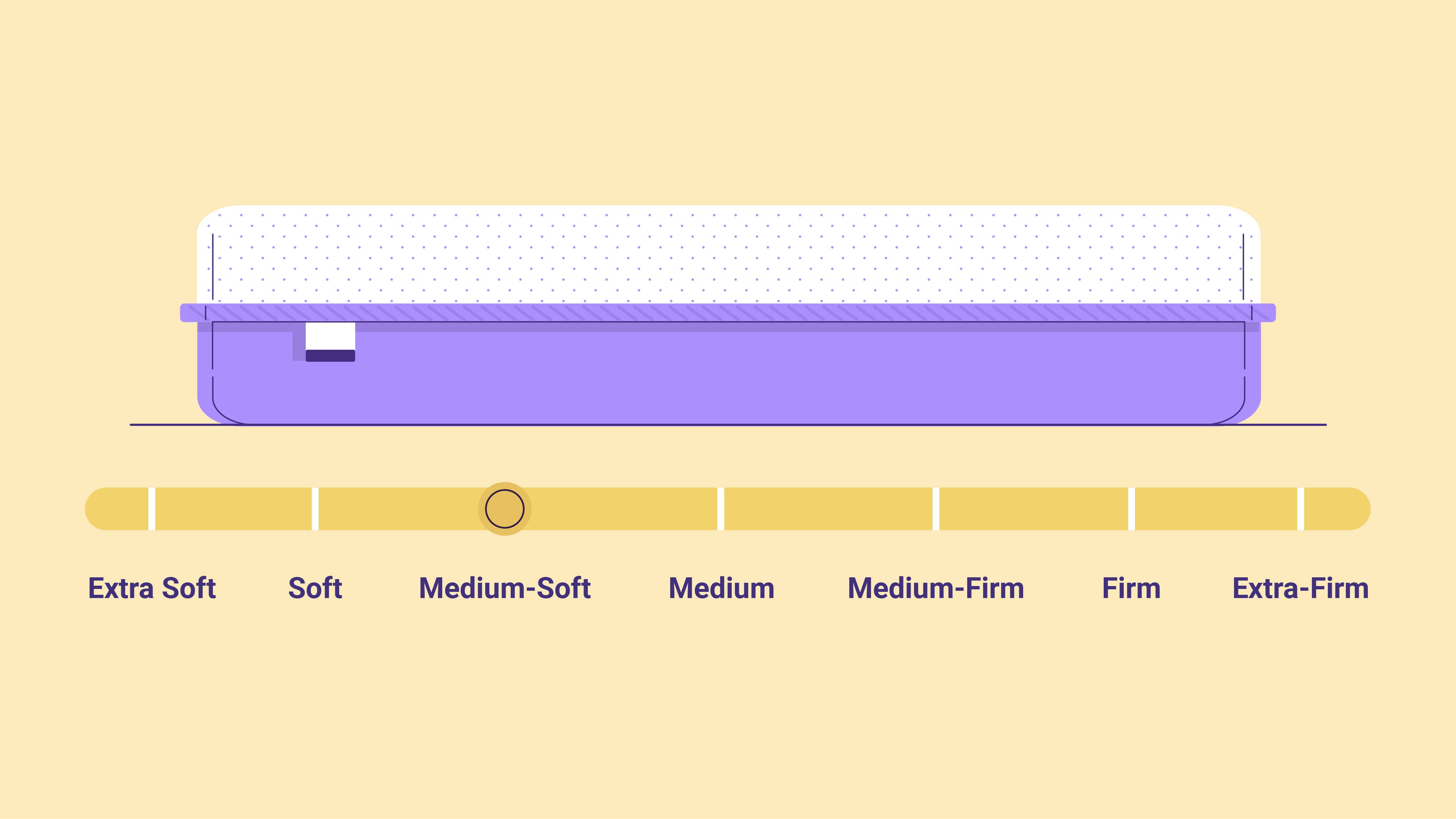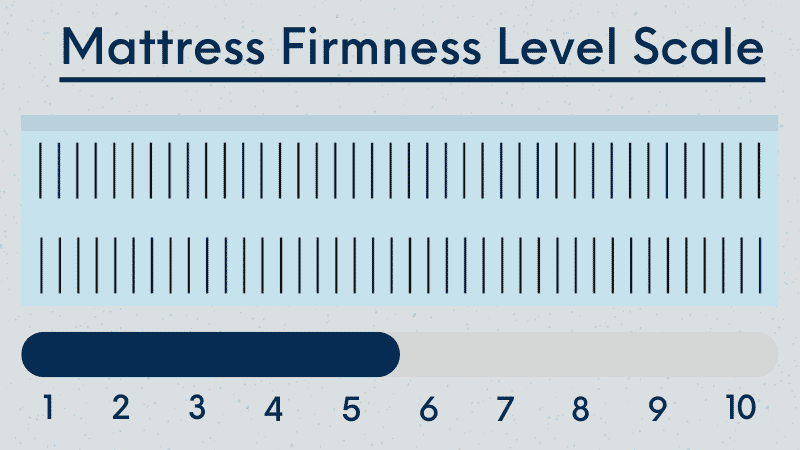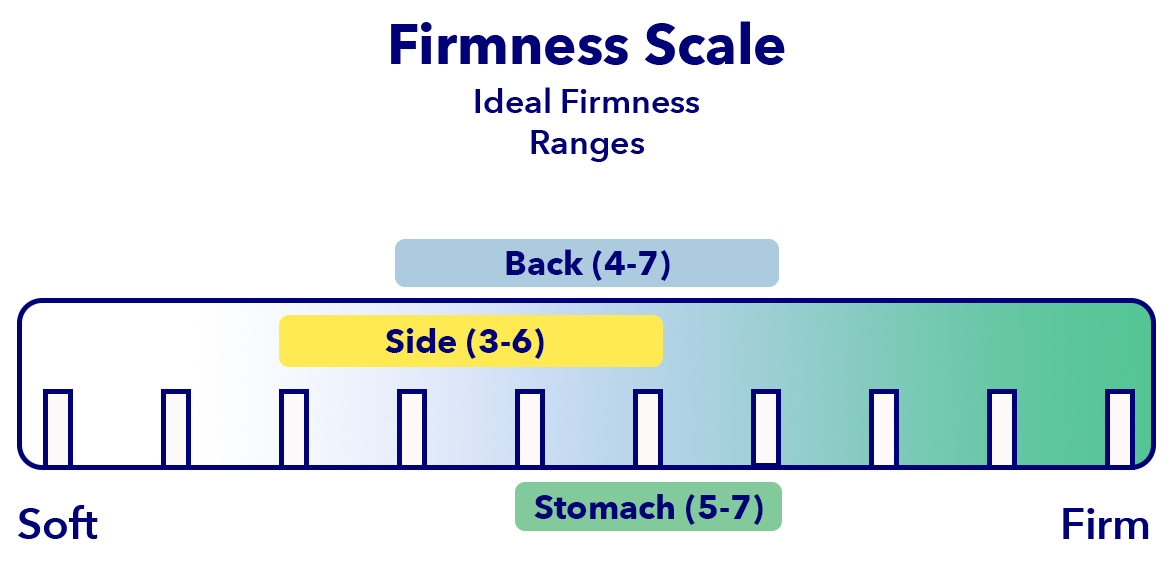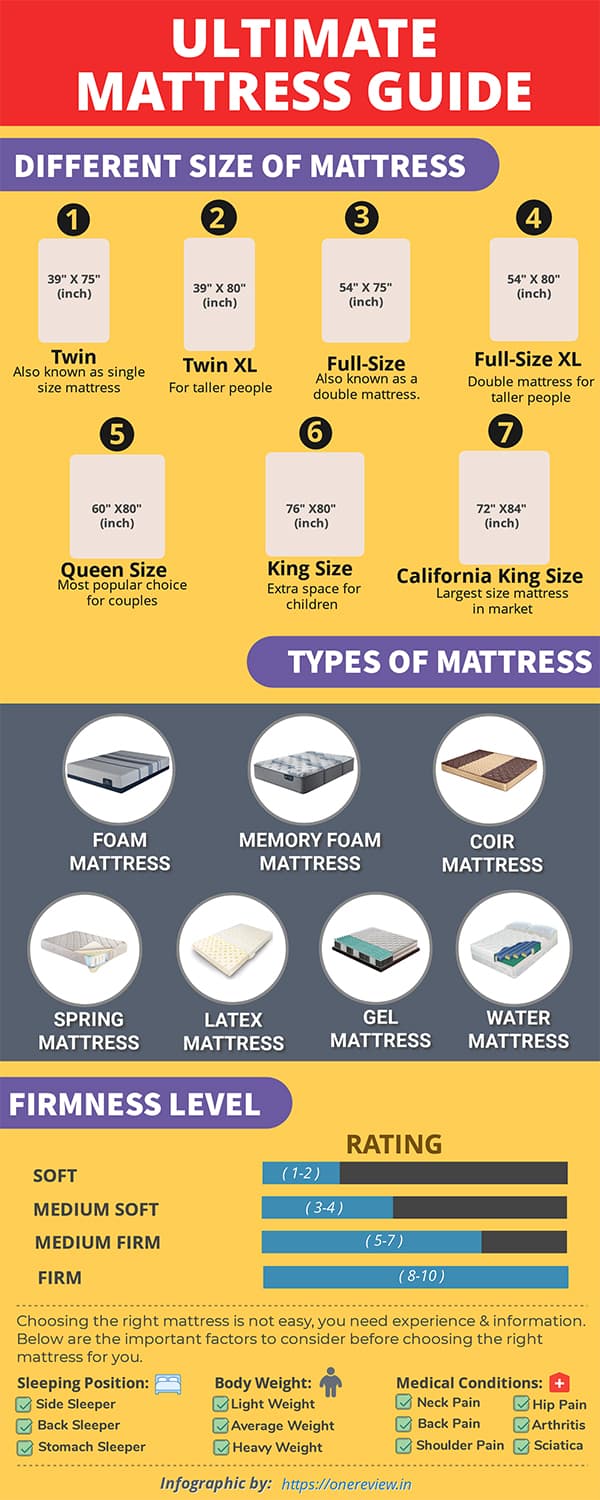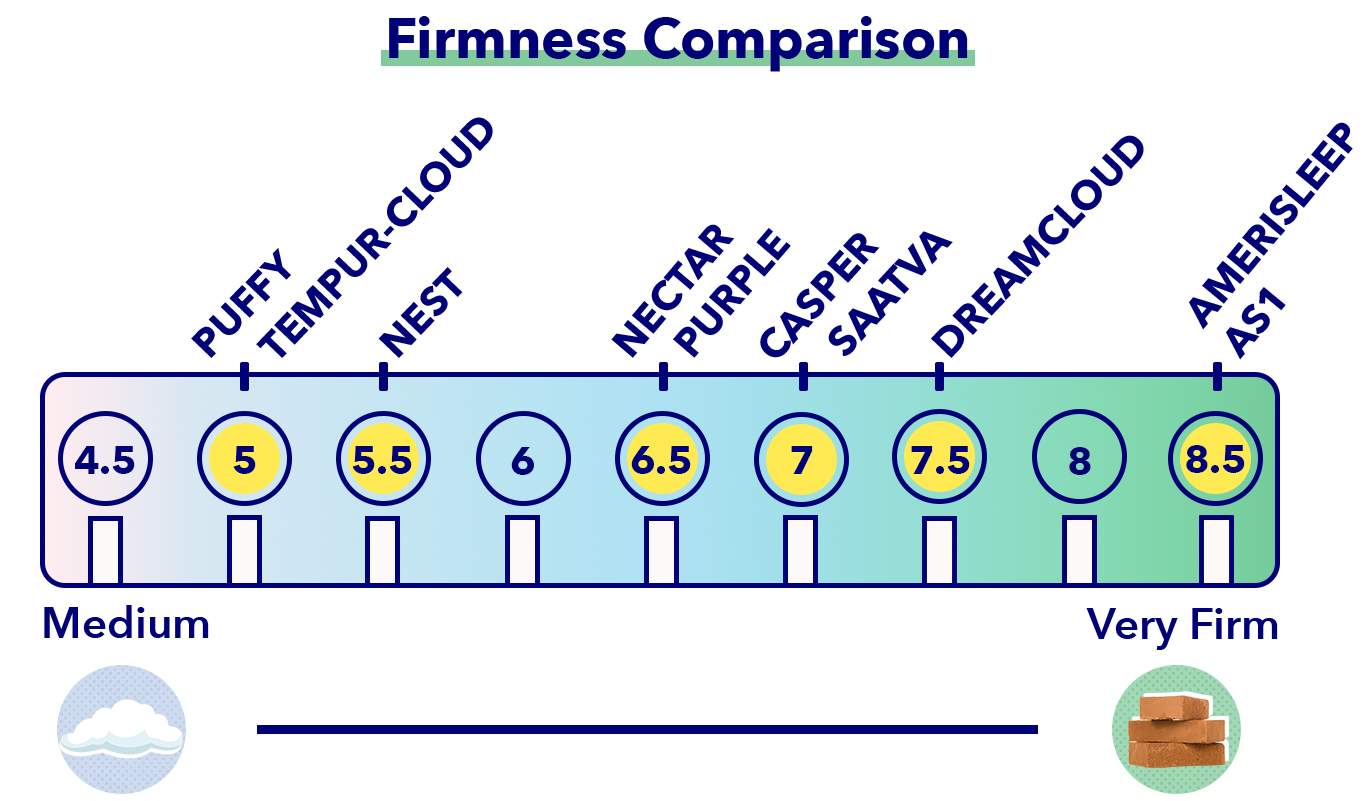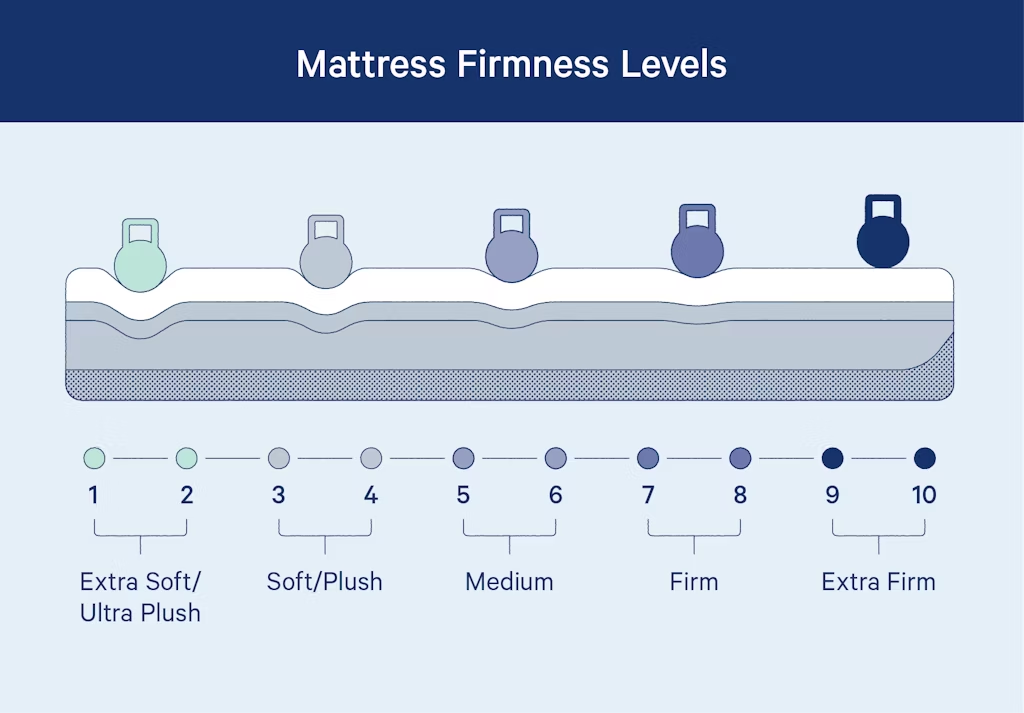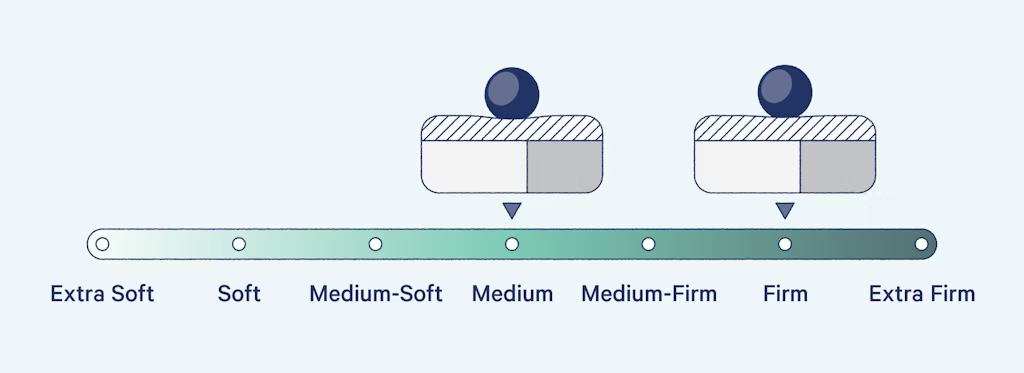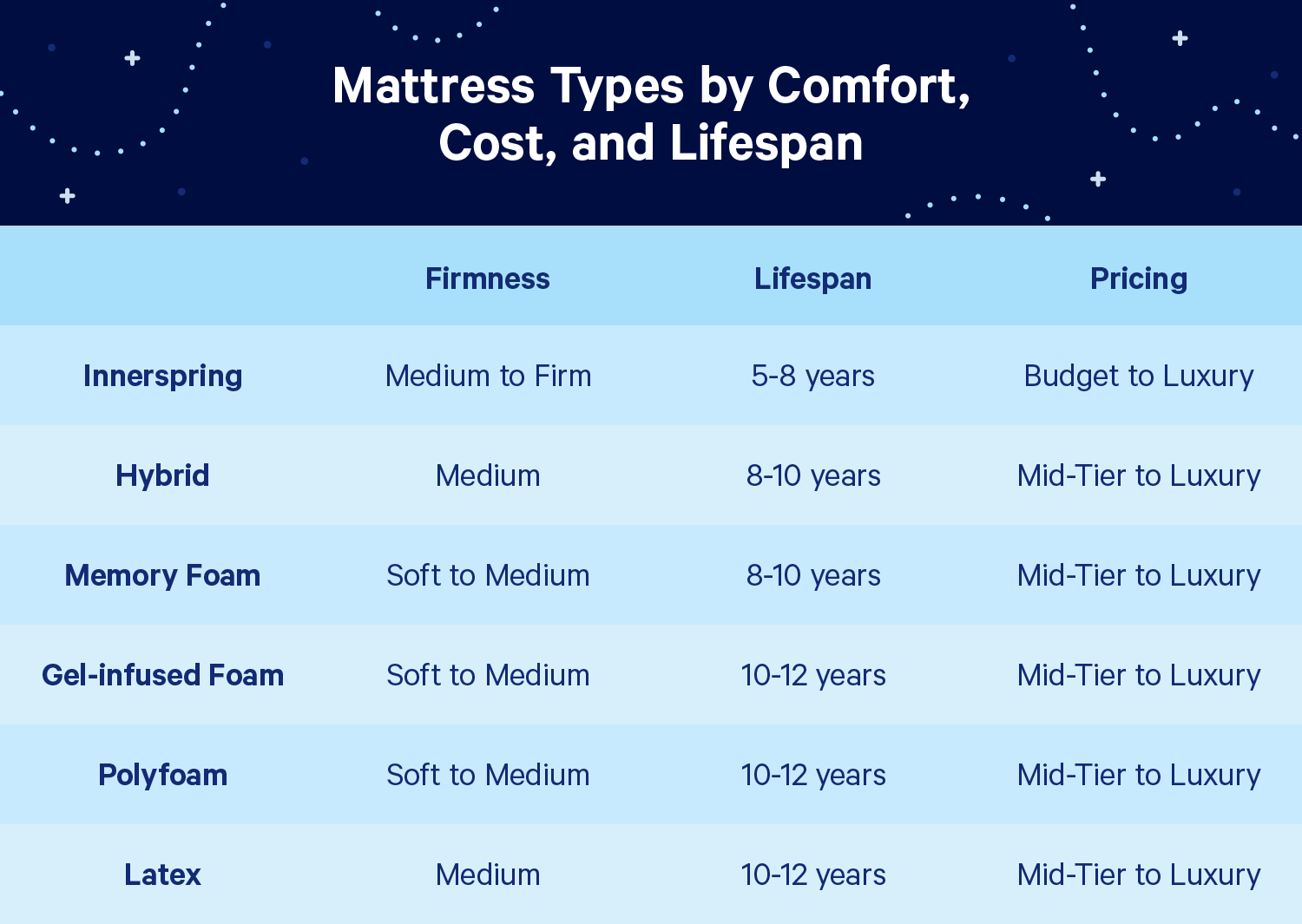Mattress Firmness Guide: How to Choose the Right Mattress for You
Choosing the right mattress can be a daunting task, especially with the overwhelming number of options available on the market. One crucial factor to consider when purchasing a mattress is firmness. The level of firmness can greatly impact your comfort and quality of sleep. In this guide, we will break down everything you need to know about mattress firmness and how to choose the right one for you.
Mattress Firmness Scale & Guide by Brand
Before we dive into the details, let's first understand the mattress firmness scale. The scale ranges from 1 to 10, with 1 being the softest and 10 being the firmest. Most mattresses fall between the range of 3-8, with 3 being the most popular and recommended firmness level.
Each mattress brand may have its own firmness scale, so it's essential to familiarize yourself with their ratings. For example, a firm rating from one brand may not necessarily be the same as a firm rating from another brand. It's crucial to do your research and read reviews from customers to get a better understanding of the firmness level of a particular mattress brand.
Mattress Firmness Chart: Understanding Firmness Ratings
As mentioned, the firmness scale ranges from 1 to 10, with 1 being the softest and 10 being the firmest. Let's take a closer look at the different firmness levels and their corresponding descriptions:
Extra Soft (1-2): Mattresses with this level of firmness are typically plush and provide a sinking feeling. They are not recommended for those with back issues as they do not offer enough support.
Soft (3-4): This level of firmness is suitable for side sleepers as it provides enough cushioning for the shoulders and hips. However, it may not be supportive enough for stomach or back sleepers.
Medium (5-6): This is the most popular and recommended firmness level. It offers a balance of comfort and support, making it suitable for all sleep positions.
Firm (7-8): Firm mattresses are ideal for back and stomach sleepers as they offer excellent support. However, they may not be comfortable for side sleepers as they can put too much pressure on the shoulders and hips.
Extra Firm (9-10): These mattresses are the firmest and provide very little cushioning. They are suitable for those with back issues or those who prefer a very firm sleeping surface.
Mattress Firmness Chart: How to Choose the Right Firmness Level
Now that you understand the different firmness levels, the next step is to determine which one is right for you. Here are some factors to consider when choosing the firmness level of your mattress:
Sleeping Position: Your sleeping position is a crucial factor in determining the right firmness level. Side sleepers usually prefer medium to soft mattresses, while back and stomach sleepers may opt for a firmer mattress.
Body Type: Your body weight and shape can also affect the ideal firmness level for you. Heavier individuals may need a firmer mattress for proper support, while lighter individuals may prefer a softer mattress for more cushioning.
Personal Preference: Ultimately, the firmness level of your mattress should be based on your personal preference. If you find yourself waking up with aches and pains, it may be a sign that your mattress is too firm or too soft for your liking.
Mattress Firmness Guide: What's the Best Firmness Level for You?
There is no one-size-fits-all when it comes to mattress firmness. The best firmness level for you depends on your individual needs and preferences. It's essential to try out different mattresses and get a feel for their firmness levels before making a purchase.
If you're unable to test out a mattress in person, make sure to read reviews and do thorough research on the firmness level of a particular brand or model. Many online mattress retailers offer sleep trials, allowing you to test out the mattress in the comfort of your own home for a certain period.
Mattress Firmness Scale: Understanding Different Firmness Levels
It's essential to note that the firmness level of a mattress can also be affected by other factors such as the type of materials used, the number of layers, and the overall construction of the mattress. For example, a memory foam mattress with a firm rating may still feel softer than an innerspring mattress with the same rating.
Additionally, the firmness level of a mattress can also change over time. As the mattress ages and the materials start to break down, it may become softer than its original firmness level.
Mattress Firmness Chart: Comparing Different Brands
As mentioned earlier, each mattress brand may have its own firmness scale, making it challenging to compare different brands. However, some brands offer a "universal firmness" option, which is usually around the medium-firm range. This option can be a safe choice for those unsure of which firmness level to choose.
It's also essential to consider the overall quality and reputation of the brand when comparing different mattresses. A highly-rated brand with a firmness level that may not be your first choice may still provide better overall comfort and support compared to a lesser-known brand with your preferred firmness level.
Mattress Firmness Guide: Finding the Perfect Firmness for Your Sleep Style
Aside from your sleeping position, your sleep style can also play a role in determining the ideal firmness level for your mattress. Here are some tips for finding the perfect firmness for your sleep style:
Side Sleepers: Look for a mattress with medium to soft firmness. This will provide enough cushioning for your shoulders and hips while keeping your spine properly aligned.
Back Sleepers: A medium to firm mattress is ideal for back sleepers. This level of firmness offers enough support for the spine while keeping your body from sinking too much into the mattress.
Stomach Sleepers: Stomach sleepers need a firm mattress to keep the spine aligned. A mattress that is too soft can cause the hips to sink, leading to lower back pain.
Mattress Firmness Chart: Breaking Down the Different Firmness Levels
Here's a quick breakdown of the different firmness levels and who they are most suitable for:
Extra Soft (1-2): Suitable for those who prefer a plush, sinking feeling. Not recommended for those with back issues.
Soft (3-4): Ideal for side sleepers who need extra cushioning for the shoulders and hips. Not recommended for stomach or back sleepers.
Medium (5-6): The most popular and recommended firmness level. Suitable for all sleep positions.
Firm (7-8): Recommended for back and stomach sleepers who need more support. Not recommended for side sleepers.
Extra Firm (9-10): Suitable for those who prefer a very firm sleeping surface or those with back issues.
Mattress Firmness Guide: Tips for Choosing the Right Firmness for Your Body Type
As mentioned earlier, your body type can play a role in determining the ideal firmness level for your mattress. Here are some additional tips for choosing the right firmness based on your body type:
Lighter individuals: If you have a lighter body weight, you may prefer a softer mattress for more cushioning. However, make sure to choose a mattress with enough support to avoid sinking too much.
Heavier individuals: If you have a heavier body weight, you may need a firmer mattress for proper support. Look for a mattress with high-density materials that can support your weight without sagging.
Couples with different body types: If you and your partner have different body types, consider a mattress with a universal firmness option. This way, you can find a balance between comfort and support that works for both of you.
With these tips, you should now have a better understanding of mattress firmness and how to choose the right one for you. Remember to consider your sleeping position, body type, and personal preference when making your decision. Don't be afraid to test out different mattresses and do thorough research before making a purchase. A good night's sleep is worth the effort and investment in finding the perfect mattress for you.
The Importance of Choosing the Right Mattress Firmness

Understanding the Mattress Firmness Chart
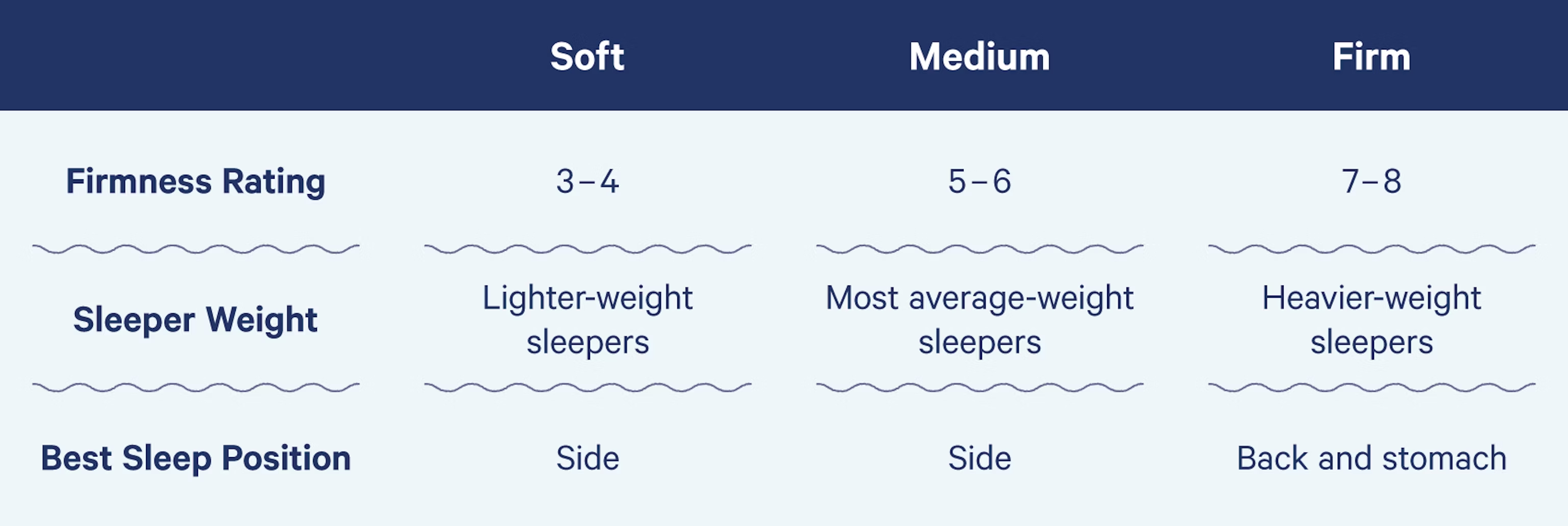 When it comes to purchasing a new mattress, one of the most important factors to consider is the level of firmness. The
mattress firmness chart
is a tool that can help you navigate through the various options available and find the perfect fit for your needs. It is important to note that
firmness
does not refer to the physical feel of a mattress, but rather the level of support it provides. In this article, we will delve into the different levels of firmness and how they can affect your sleep and overall comfort.
When it comes to purchasing a new mattress, one of the most important factors to consider is the level of firmness. The
mattress firmness chart
is a tool that can help you navigate through the various options available and find the perfect fit for your needs. It is important to note that
firmness
does not refer to the physical feel of a mattress, but rather the level of support it provides. In this article, we will delve into the different levels of firmness and how they can affect your sleep and overall comfort.
The Different Levels of Firmness
1-2: Very Soft
Mattresses with a firmness level of 1 or 2 are considered very soft and provide minimal support. These types of mattresses are suitable for people who prefer to sink into their mattress and want a plush, cloud-like feel. However, they may not be suitable for those with back or joint pain as they do not offer enough support.3-4: Soft
A firmness level of 3 or 4 is considered soft and offers a good balance between softness and support. These mattresses are suitable for side sleepers, as they provide enough cushioning for the shoulders and hips. They may also be a good option for those who suffer from pressure points.5-6: Medium
A medium level of firmness, ranging from 5 to 6, is the most popular choice among mattress buyers. It offers a good balance of support and comfort, making it suitable for all sleeping positions. It is also a good option for couples who have different preferences in terms of firmness.7-8: Firm
Mattresses with a firmness level of 7 or 8 offer a higher level of support and are recommended for back and stomach sleepers. They provide a more solid sleeping surface and help to keep the spine aligned, reducing back pain and promoting better sleep.9-10: Very Firm
The firmness levels of 9 and 10 are considered very firm and provide the most support. These mattresses are ideal for those who prefer a solid sleeping surface and do not want to sink into their mattress. They are also suitable for heavier individuals as they offer extra support.Choosing the Right Firmness for You
 Ultimately, the level of firmness you choose will depend on your personal preference and sleeping habits. It is important to consider factors such as your preferred sleeping position, any existing back or joint pain, and your body weight when making a decision. The
mattress firmness chart
can serve as a helpful guide, but it is also important to try out mattresses in person before making a purchase.
In conclusion, choosing the right firmness for your mattress is crucial in achieving a good night's sleep and maintaining overall comfort. With the help of the
mattress firmness chart
, you can make an informed decision and find the perfect mattress for your needs.
Ultimately, the level of firmness you choose will depend on your personal preference and sleeping habits. It is important to consider factors such as your preferred sleeping position, any existing back or joint pain, and your body weight when making a decision. The
mattress firmness chart
can serve as a helpful guide, but it is also important to try out mattresses in person before making a purchase.
In conclusion, choosing the right firmness for your mattress is crucial in achieving a good night's sleep and maintaining overall comfort. With the help of the
mattress firmness chart
, you can make an informed decision and find the perfect mattress for your needs.
